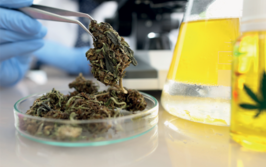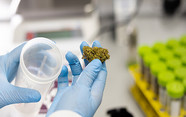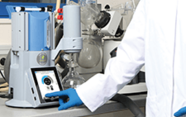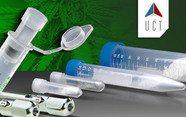HPLC Method to Differentiate Four THC Stereoisomers Formed from Δ9-THC Degradation: (6aR,9R)-Δ10-THC, (6aR,9S)-Δ10-THC, 9(R)-Δ6a,10a-THC, and 9(S)-Δ6a,10a-THC
Jeffrey B. Williams, MS, Kathleen B. Calati, Kirk W. Hering, Ph.D., Roxanne E. Franckowski, MS, Weston J. Umstead, Ph.D., and Donna M. Iula, Ph.D.
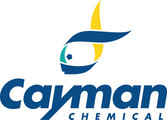
contributed by Cayman Chemical |
Key Features
- Δ10-THC and Δ6a,10a-THC isomers produced from Δ9-THC degradation have stereochemical similarities that are challenging to differentiate.
- Traditional reversed-phase (C18) HPLC analysis is not suitable for accurate determination of these isomers.
- A method using a chiral HPLC column under normal-phase conditions offers reliable and robust identification of the four stereoisomers.
- Use of a chiral HPLC stationary phase for characterization of these phytocannabinoid degradants is an essential tool for the determination of potency and safety.
Log in or register to read this article in full and gain access to The Cannabis Scientist’s entire content archive. It’s FREE!
